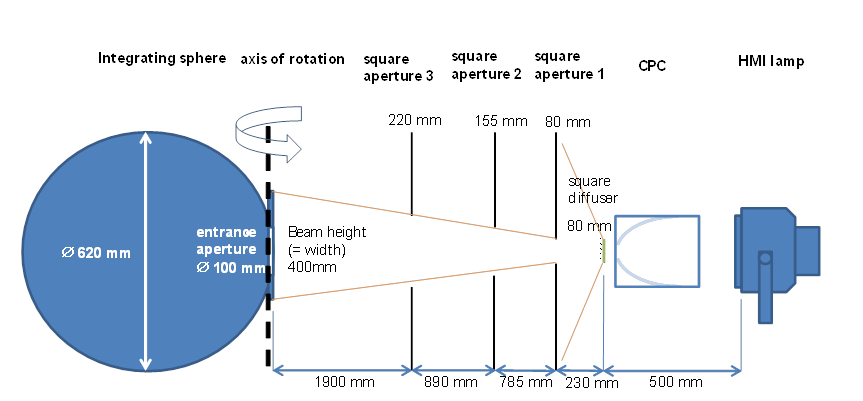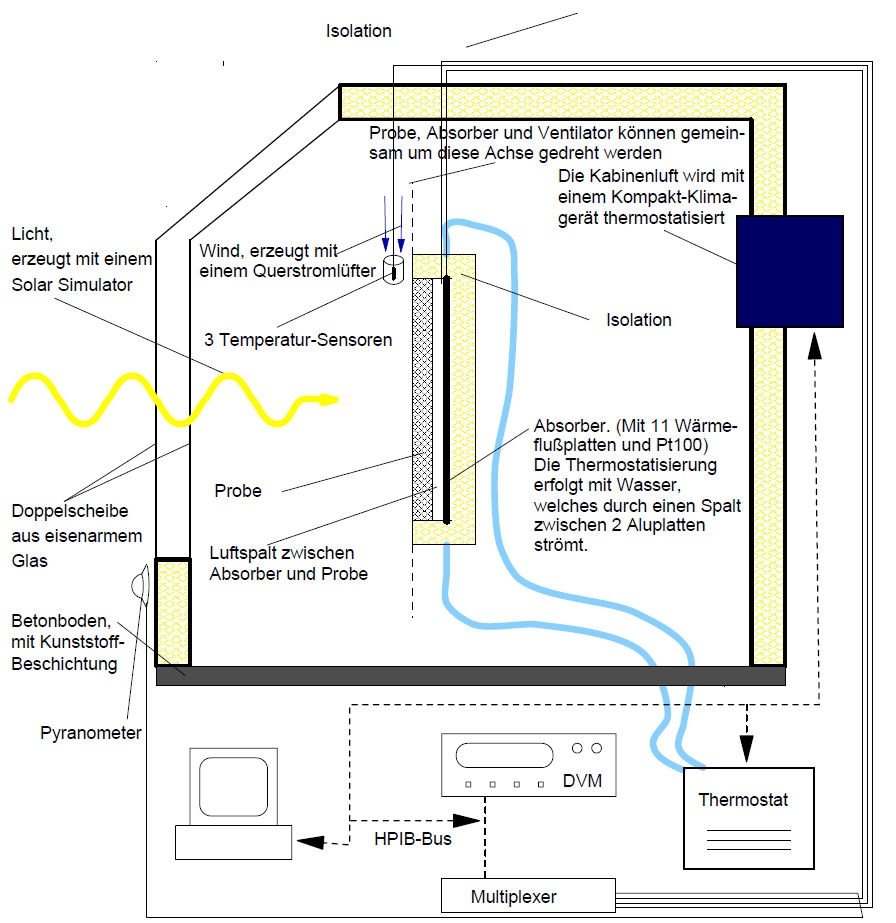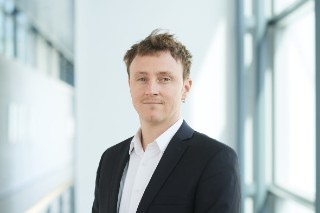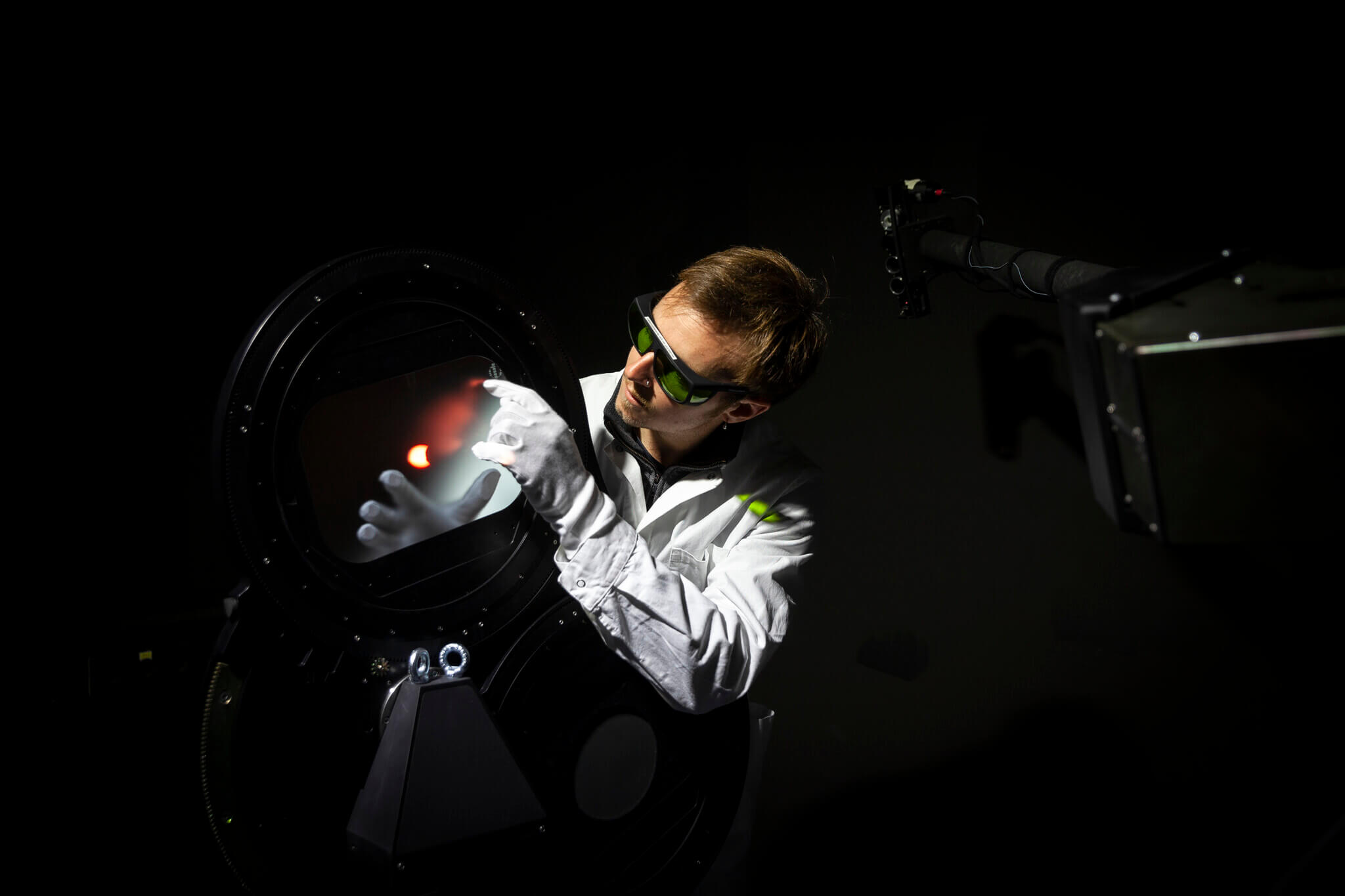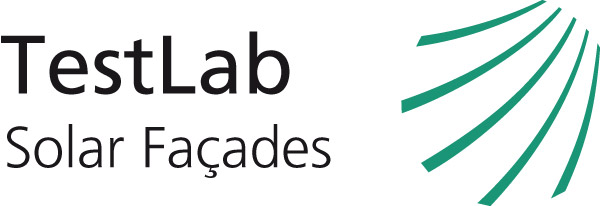
In TestLab Solar Façades, we characterize transparent, translucent and opaque materials, test façade components and evaluate the energy, thermal and optical properties of complete façades. We assist manufacturing companies, building planners, architects and construction managers in optimizing building envelopes and developing new façade components.
We have extensive experience for the following applications:
- Architectural glazing
- Solar-shading systems
- Building-integrated photovoltaics (BIPV)
- Building-integrated solar thermal (BIST)
Our TestLab Solar Façades is accredited and notified:
- Our measurements and calculations of transmittance, reflectance, g value and U value are accredited according to DIN EN ISO/IEC 17025:2018
- We are a notified testing laboratory for the German Institute for Building Technology (DIBt), in the field of energy conservation and noise reduction. We have specialized in architectural glazing
- We support German and European manufacturers who wish to address their products to the North American market in the testing of building products. Fraunhofer ISE is the European Regional Data Aggregator (RDA) for the US National Fenestration Rating Council NFRC.
Our tests are also used in areas that are not related to façades.



